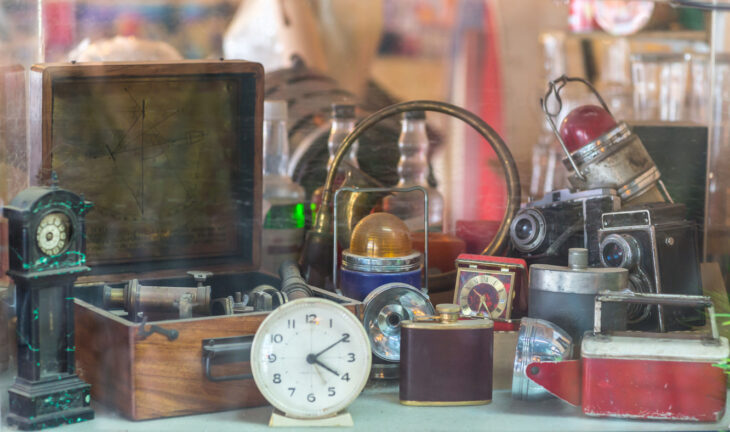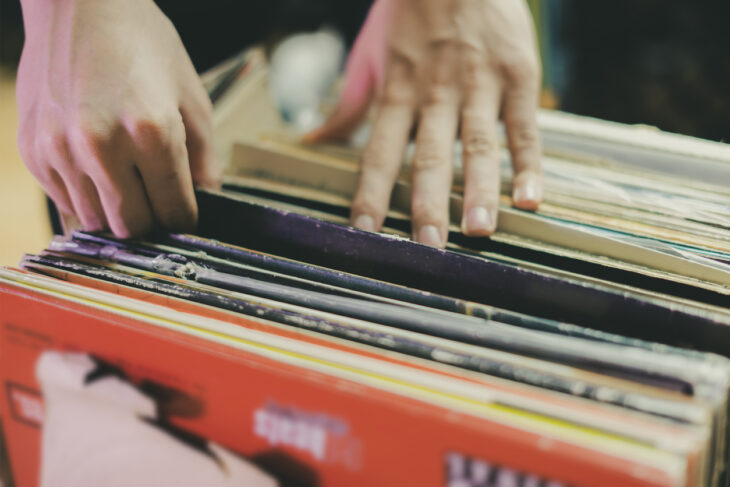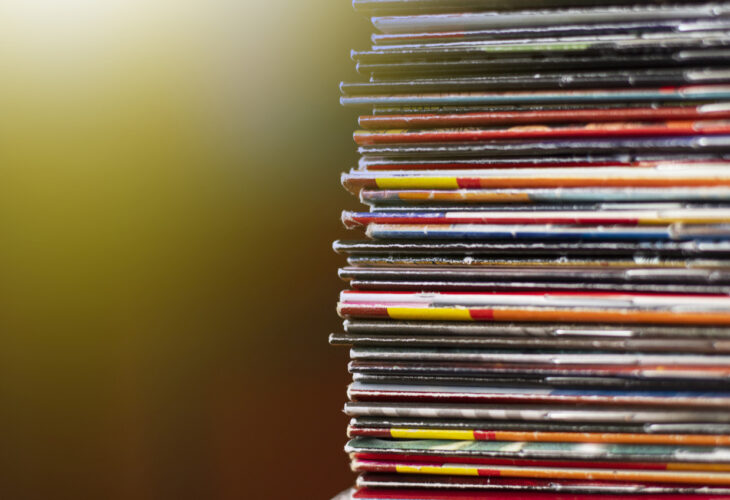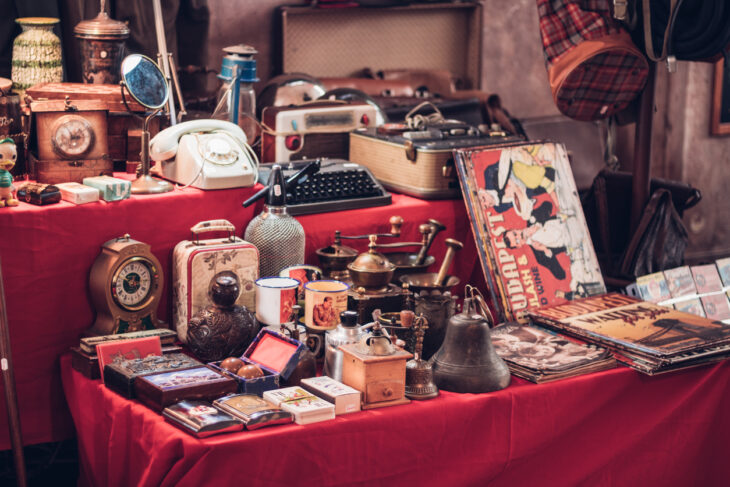
How to Store Collectables and Memorabilia Safely
Whatever you collect – records, figurines, comic books, trading, vintage toys or anything in between, your collection is probably your pride a joy. Memorabilia collections are the culmination of years of searching, haggling and patience and most people want to keep their collectables in mint condition whenever possible. Today we’re going to explore how to store some of the most popular collectable items out there to ensure they stay pristine, whether that’s at home or in a self-storage unit.

Storing Vinyl Records
Vinyl records have seen a significant resurgence in recent years, and with many artists only pressing limited runs of their music on vinyl, records have become increasingly sought after. There will also be many people who have a vast collection of older records that they want to preserve for years to come. The way vinyl records are stored can greatly impact their longevity as vinyl is a delicate material easily damaged by temperature and humidity.
Vinyl records should be stored in a dry environment that is neither extremely cold nor very hot. It may be tempting to keep them in your loft or attic space; however, the attic can often reach high temperatures as the heat from your house rises. Continuos storage in a hot environment can cause the vinyl to warp. If you have a cellar, this can be a good choice for vinyl storage, as long as you are monitoring moisture levels in the air. If you don’t have a suitable room or cellar in your house, consider moving your vinyl collection to a self-storage unit like our household storage in Dundee.
Keep your vinyl out of direct sunlight and away from ultraviolet light as these can both damage your records slowly over time. If your records are housed in paper sleeves or cardboard covers, it’s sensible to invest in plastic outer sleeves to keep dust out and provide maximum protection. When considering long-term vinyl storage, try not to stack too many on top of one another as the pressure can warp the disks. Stand your records upright in whatever storage you’re stacking them in, and use dividers to keep them upright.

Comic Books
There’s a golden rule to abide by when storing comic book collections, and that’s ‘bagged and boarded.’ Several types of bags are designed explicitly for preserving comic books, ranging from polyethene, polypropylene, and mylar. Bag size varies depending on how old the comic you want to bag is, but ultimately, it doesn’t matter which material you choose; so long as your comics are bagged, they won’t be at risk of fading.
The comic book storage board is used to keep the comic crease-free and is inserted into the bag along with the comic. You should look for boards made of acid-free materials. Many people opt for a hard case for really special comic books – these are more expensive, but they do guarantee to stop any creasing or damage to the comic.
Much like vinyl records, when being stored in boxes or containers, comic books should be stood upright rather than stacked on top of one another. If you’ve bagged and boarded them, you will find they stand upright nicely and without flopping. Wherever you store your comic book collection, be it in your home or at a self-storage uni like Kangaroo’s household storage in Glasgow, ensure to elevate your boxes off the ground using things like milk crates or wooden pallets.

Antiques and Vintage Toys
Whether you’re a full-blown antique collector or you just have some precious family heirlooms you want to keep safe, keeping your vintage toys, games, and other antique collectables is essential, both for sentimental reasons and if you hope to one day sell them.
The first thing you should do is to ensure your antique and vintages pieces are clean. This may require some research to ensure you have the correct cleaning product – you may need wood polish or wax if you’re dealing with old wooden toys or specialist oil for metals. Always wear gloves when handling old, valuable items.
When it comes to storage, avoid stacking antiques and vintage items on top of one another. If you have an extensive collection, shelving that allows the things to be upright without touching anything else is ideal. If you need to pack your antiques into boxes, wrap carefully to protect them from harm – but be wary of using bubble wrap if they are going to be stored for long periods. Plastic wrapping can restrict airflow and encourage mould growth. Cloth and sheets are much more preferable when considering long term storage for antiques.
Antiques and vintage items are often valuable, so storing them at a self-storage unit like our household storage in Edinburgh is a wise idea, as they will be housed inside a secure, locked storage unit with 24 CCTV.

Storing Small Collectables – Trading Cards and Coins
Small collectables like trading cards, coins and stamps are often kept in binders, books, or in individual casings specifically designed to house that particular item. For example, individual trading cards that are particularly rare may first be sleeved in a thin plastic cover with the open end towards the bottom of the card, then inserted into a rigid plastic sleeve called a Toploader. The primary sleeve and the Toploader combination ensure that absolutely no dust can get in and the card cannot become damaged.
Coins also have their own custom-made casings, called coin capsules. These can be used to encase particularly rare or unique coins that you don’t want to keep inside a regular binder. If you want to keep your collection of trading cards or coins somewhere safe and secure but feel it would be a little excessive to fork out for a large storage unit, why not consider a storage locker?

We hope you enjoyed this brief look at how to correctly and safely store many of the most popular collectables. If you’re thinking about putting your memorabilia in a storage unit, contact us today and see how we can help.

